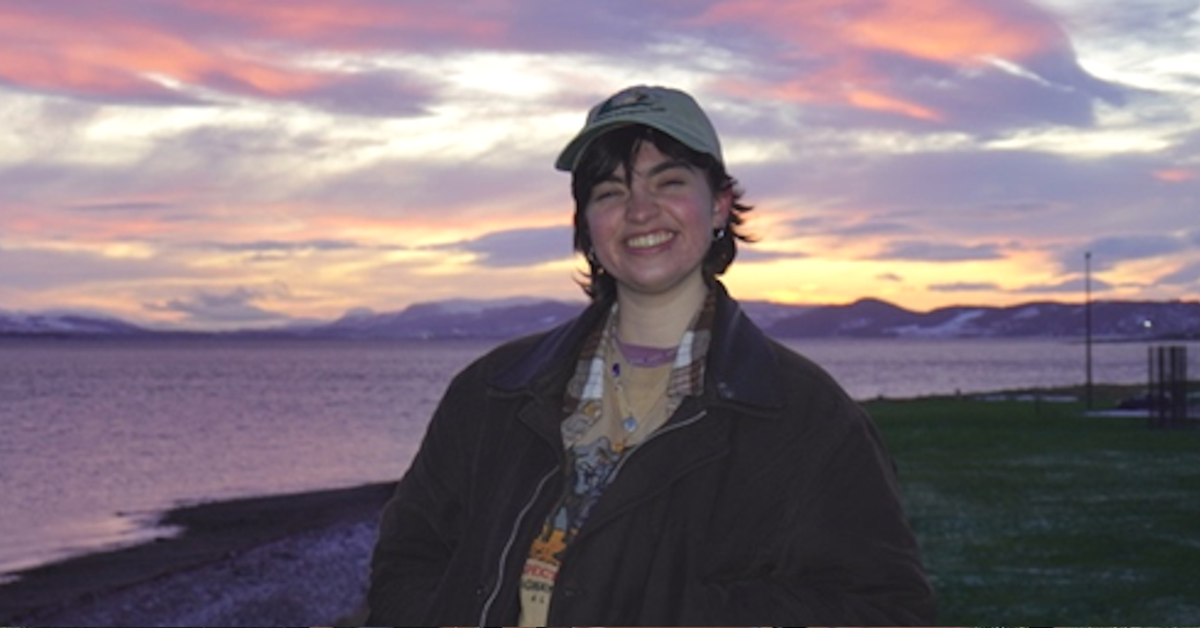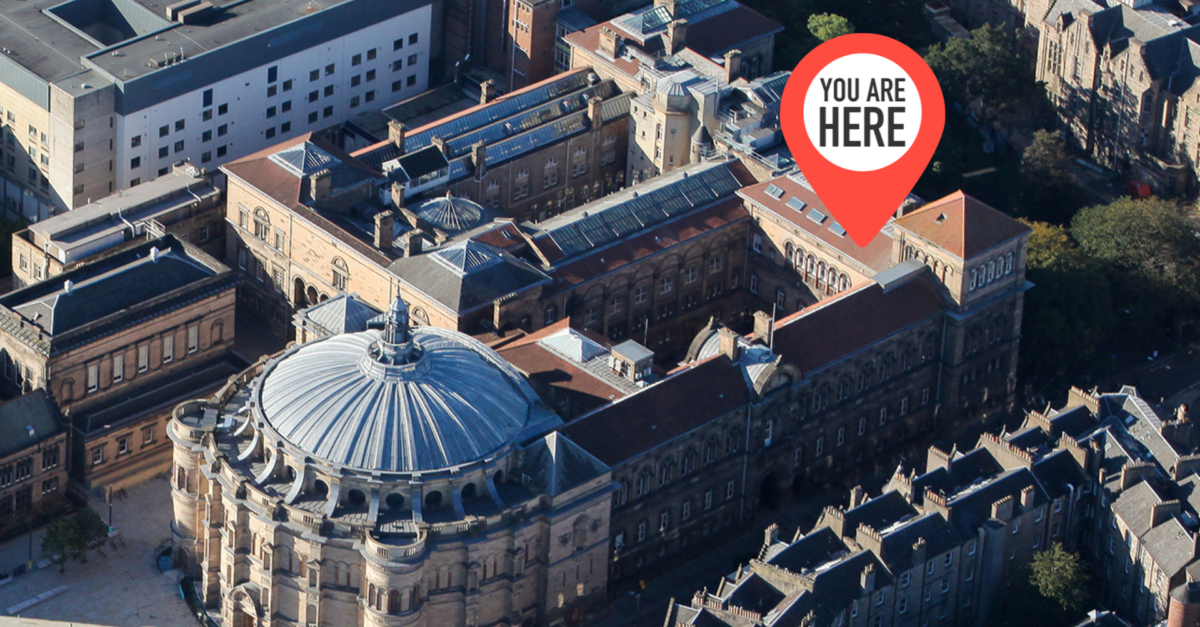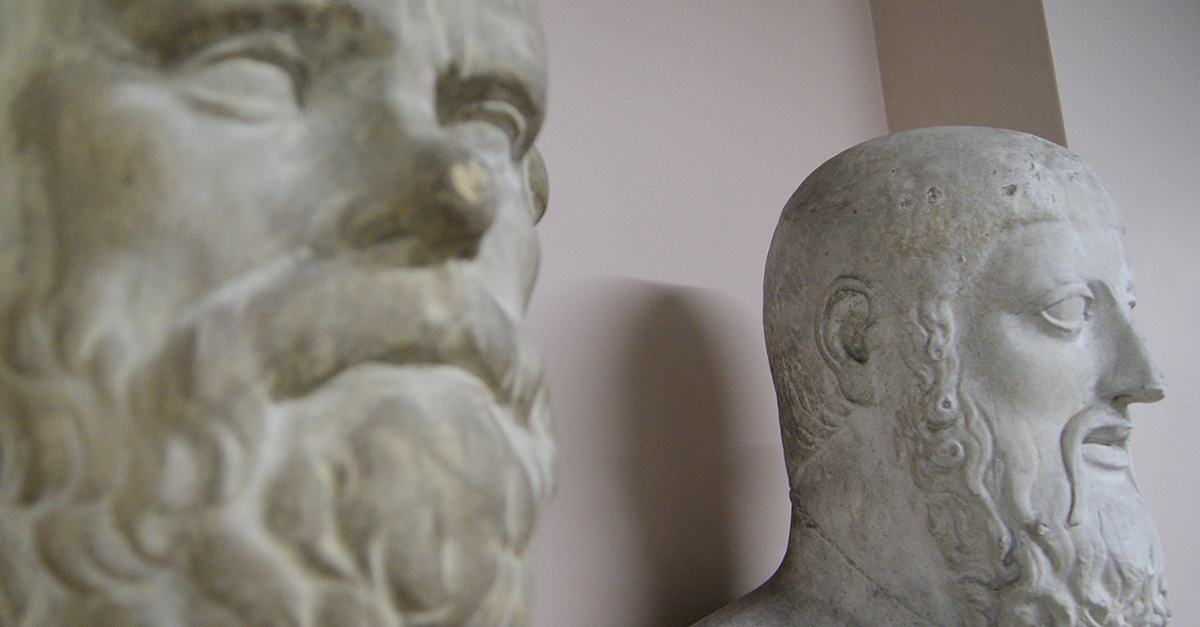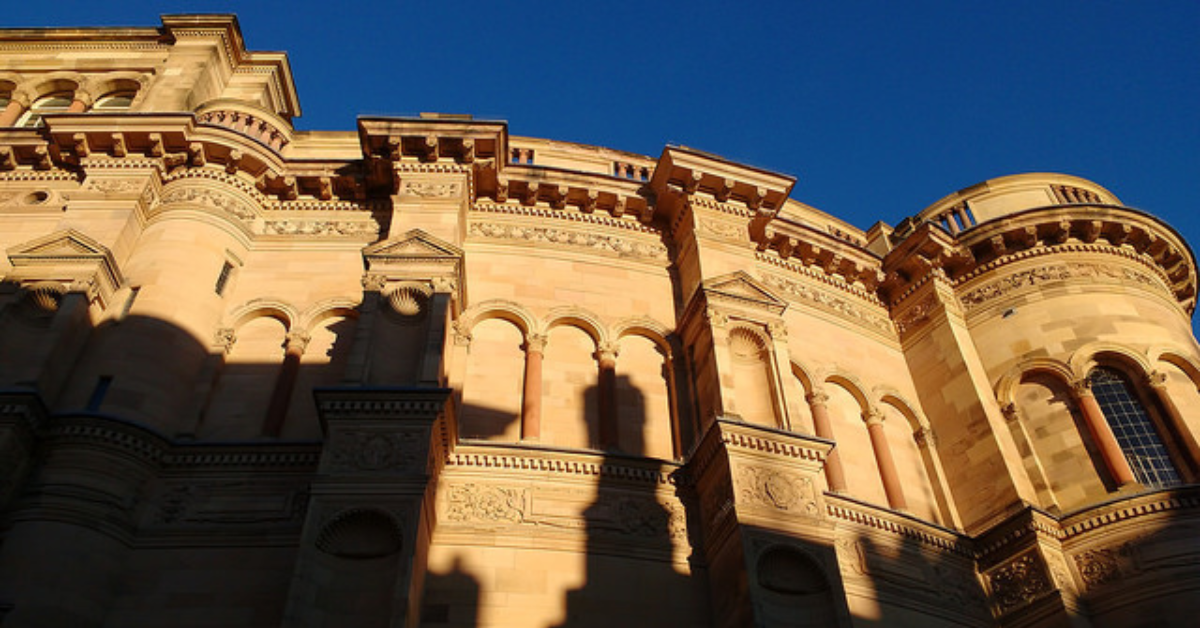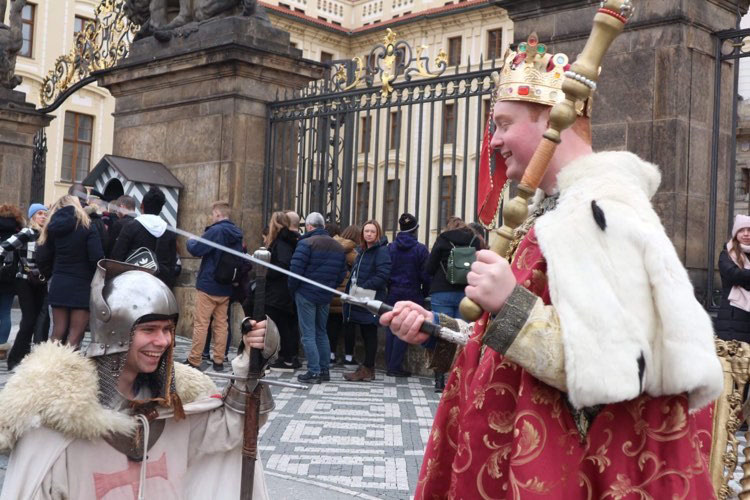Tag: Society
By Rachel, studying MSc History, from the USA My name is Rachel and I’m an American international student pursuing an MSc in History. When I was looking into the University of Edinburgh at the end of my undergraduate studies, I was particularly worried about finding friends. Coming to the UK from the US, I didn’t […]
Lockdown taught us that you don’t really need to be somewhere physically to get the work done, right? History student Olivia might disagree. When I started university, I didn’t really spend much time in the William Robertson Wing – the home of the School of History, Classics and Archaeology, or HCA as it’s usually known. […]
Twice the fun or double the trouble? Student Ambassador Aalish is studying a joint honours degree. I made the choice to study Chinese and History simply because I love learning a language and history has always had a soft spot in my heart. Studying a language alongside history presents its own unique challenges, not only […]
How a song and dance helped Hanna connect with the University community after studying remotely. I came to the University of Edinburgh in September 2020 so was in the first cohort to experience what it is like to start my studies under Covid conditions. Unlike many of my peers, I was lucky to have comparatively […]
One of the tried and tested ways of finding your feet at University is by joining a Society. Tristan – 3rd year MA (Hons) Ancient and Medieval History – started with a journal and ended up in Crete. Undoubtedly one of my biggest anxieties about enrolling at the University was whether I would fit in. […]
Scarlett is a 4th year History and Politics student and she’s going to take you through a typical day in her life to give you a taste of what it might be like to study at the University of Edinburgh! It’s Wednesday, February 2nd… 8.00am – Typically when I wake up and the first […]
Will I find those “friends for life”? Will I be able to balance my studies with a healthy social life? Will there be societies I want to join? Jack – History and Politics (MA Hons) – answers these very questions. Some of the biggest worries that Freshers tend to have about coming to university are […]
Leaving home to go to University is daunting enough, but what’s it like if you’re travelling across the world to do it? Scarlett is from the US so she can tell you. At times as an international student, it can be difficult to be so far away from home. But trust me when I say […]
Student Ambassador Scarlett looks back at the things she wished she’d know before starting her studies. With 2 years of university completed, I’ve had a bit of time to reflect on my experience so far. As a History and Politics student I’ve gained several writing, studying, and analytical skills, but there is so much […]
As one of the Trip Officers for the Edinburgh University History Society, Student Ambassador Carmen was responsible for organising a trip to Budapest and Vienna for 40 society members during Innovative Learning Week. While we were only away for 5 days, it felt like ages because we did so much in both cities! – Carmen […]
Student Ambassador Ruby reports on a busy February for the School’s Societies. February has been a busy month here at the University – particularly for History, Classics and Archaeology students! Not only have we had the Staff-Student Pub Quiz and the History and Classics Society trips, but it’s also been LGBT+ History Month and RAG […]


